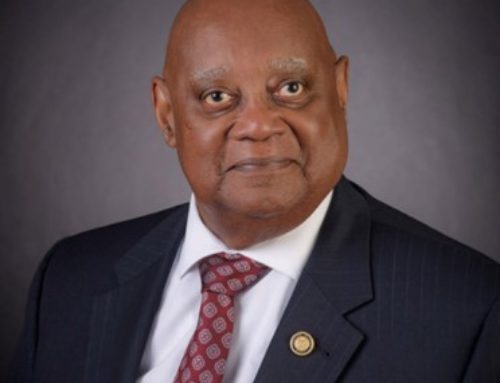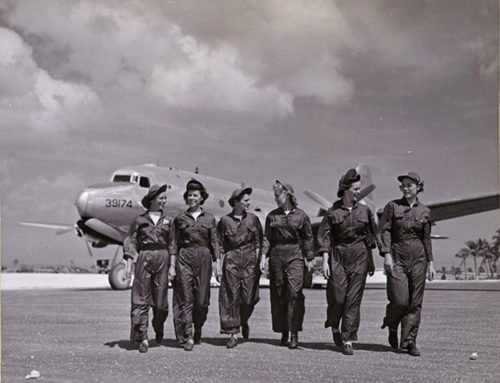Last week, “Tidbits” featured an article by LCDR Glenn Smith, USN (Ret.), entitled “One Man, Six Commands at Sea: Captain Frederick Colby Lucas, Jr.” Lucas learned early in his career that life beneath the waves was not for him, yet the exigencies of World War II kept returning him to boats as commanding officer. On 11 November 1943, in the midst of an engagement aboard USS BILLFISH (SS-286), Lucas froze. His engineering officer, LT Charles Rush, took charge, although his actions would not come to light for several decades. In an interview given to the Naval Institute’s Proceedings in 2002, Rush, who would go on to a long and successful naval career, describes how he came to be aboard BILLFISH and what happened on that fateful autumn day. Today’s installment is part two of five.
CAPTAIN CHARLES RUSH: The captain put the scope up and looked. Then he said, “He’s zigzagging. The angle on the bow is now starboard 10.”
I said to him, “Captain, he’s not zigzagging, he’s got us.”
“Impossible,” he said. “He’s too far away.”
Then I said, “Captain, I’m telling you, if you don’t do something, we’re dead.”
He was quite shocked at a junior officer telling him this, but it was obvious to a war-patrol-experienced lieutenant that this captain—who had never been on war patrol and had been in staff jobs up to then—didn’t know the enemy very well. So he asked, “Well, what should I do?”
I said, “Go deep.” I judged the ship to have been one of their small destroyers, which were extremely dangerous. They were shallow-draft, they were quick, and they were well armed. No submarine could possibly cope with one of them. Anything we could fire at them was going to run too deep, and probably the chances were 1 in 100 of ever hitting one.
So, I took the dive. We were going dead slow, and the captain said, “Don’t make any noise.” Well, that in itself was an indication he didn’t know what was going on. What difference did it make if you made a little noise when the enemy ship was using echo-ranging sonar? The BILLFISH would not respond to dive, so I ordered two-thirds speed to get some way on. We got down to approximately 200 feet when this guy came straight over us. We could hear him when he went to short scale on his sonar. He had us cold, and he let go six depth charges. That did a lot of material damage and it also damaged the psyche of the captain and the third officer. The captain was in the conning tower, and I was in the control room. The sonarman reported that he was worthless. “He’s out of it,” the sonarman said….
PROCEEDINGS: What was the contribution of the executive officer at this point?
RUSH: He was in the conning tower, and he was giving orders to the wheel. He was a good and competent executive officer, really a fine guy. I don’t think he was shaken up by all this; I think he kept his head. But later, he was overcome. We had been down since 0500 that morning. As time went on, we had less oxygen in the air and more carbon dioxide and carbon monoxide. Then the refrigeration lines burst, and refrigeration gas and some other poisonous gasses escaped.
The Chief Of The Boat, Emmett Carpenter, was standing next to me when the depth charges went off. He was knocked flat to the deck. He was a boxer, and he got up off the deck just like he would in a match, manned his station, and stayed there for the duration.
It seemed like the attacks would never cease. The third officer came into the control room screaming, “They’re going to get us next time! We’re all going to die!” So the pharmacist’s mate and some of the men gave him a shot of morphine and put him in his bunk. He didn’t come out for ten days. He was really damaged.
The sonar reported two ships above us. Then there were three of them. They were apparently taking turns at depth charging, because this went on for 12 hours. Finally, Max Ostrander, [U.S. Naval Academy] Class of ’42, offered to take the dive. He was inexperienced, but he had his wits about him and I thought he could handle it. So I said, “Fine, take the dive.”


